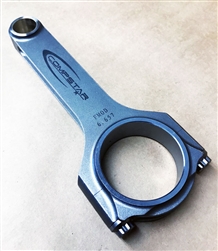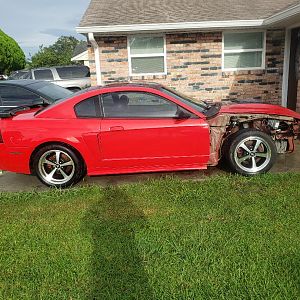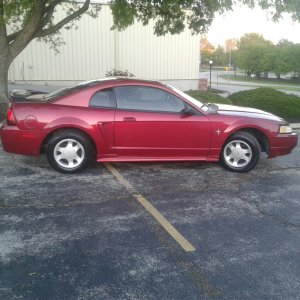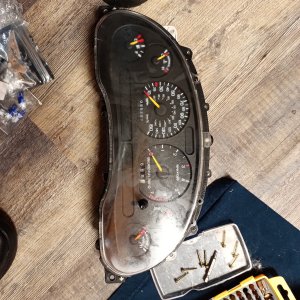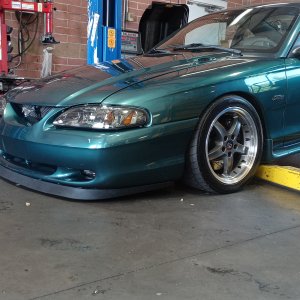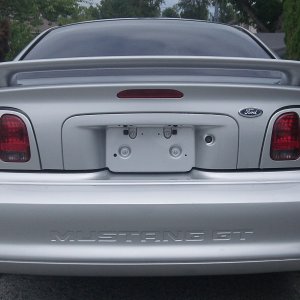This is what i replied about achieving the squish distance.
In a perfect world, machining tolerances of the engine components would be dead on and i would be able to inform you what could be used with certainty, but since its not a perfect world and machined components have a tolerance range to be in when manufactured it would be wrong of me to inform you how close you can get with no problems. And getting the squish distance to where the piston literally kisses the head is idea. Especially when the stakes are high in drag racing....such as a strict naturally aspirated class racing.
Keep in mind the factory set squish distance tolerance is safe and anything under that is pioneered by the user. However i can say with certainty that a few thousands under what your stock scenario is, could be safe. But if you really want to get to that "kissing the head" squish distance, its gonna have to take some development with multiple head gasket changes to figure out what works with your build.
In other words, getting intimate with your engine, one person might discover a .032" head gasket thickness to achieve the kiss whereas you may discover a .036" head gasket thickness to achieve the kiss. It would be wrong of me to claim what works without knowing the actual measurements of your engine, even if its an untouched stock engine. Discovering the kiss scenario takes running the engine hard a few times, pulling the heads off and coming to the conclusion after a few head gasket changes. And it might take $300 worth of head gaskets and possible machine work, decking the block to achieve desired results.
And this all of course is coming down to dog eat dog naturally aspirated racing where racing classes are strict.
If you are just re-freshing an engine for a street driver, a few thousands under stock is safe. If the engine has had either machine work or has aftermarket pistons, the squish distance needs to be measured out and calculated, then ran hard a few times, heads off for inspection, then the adjustments of head gasket thicknesses come into play.

